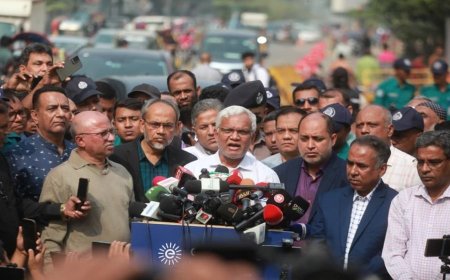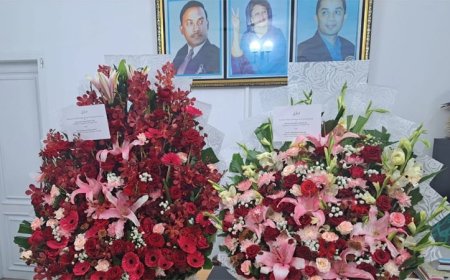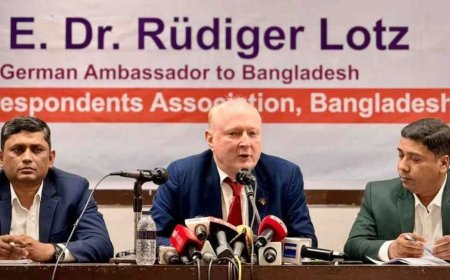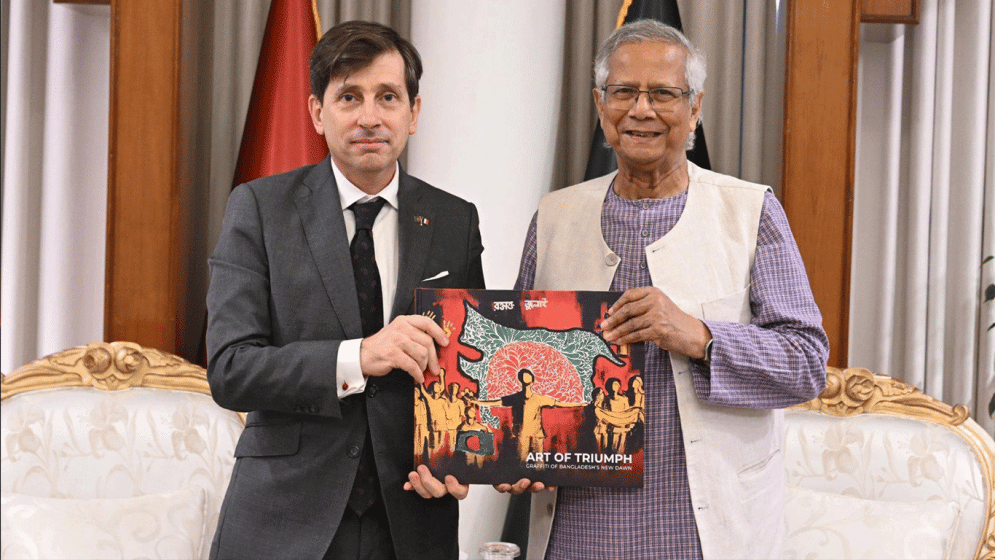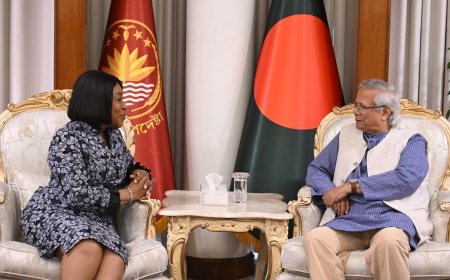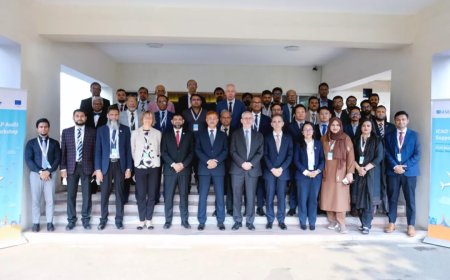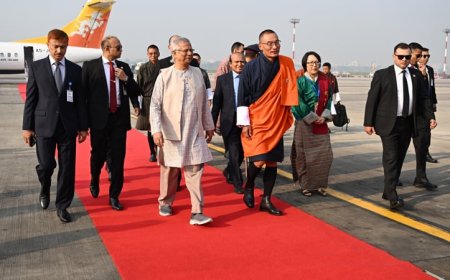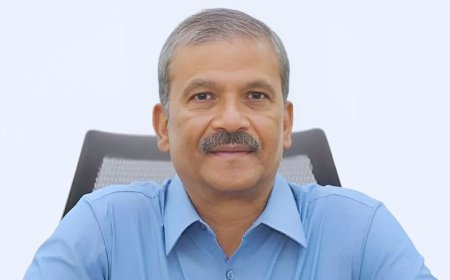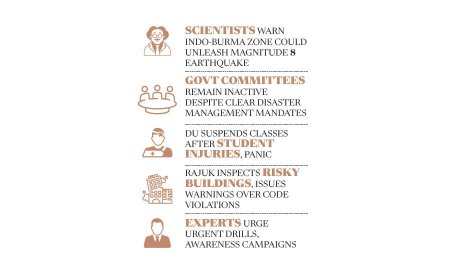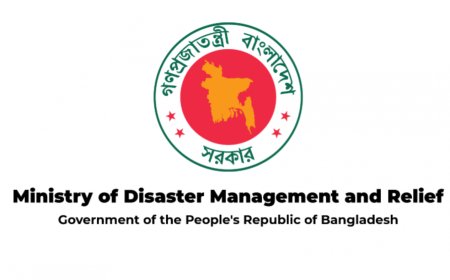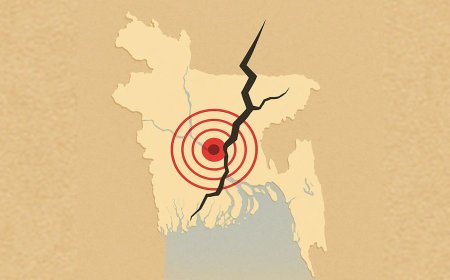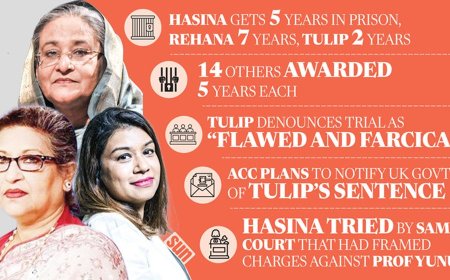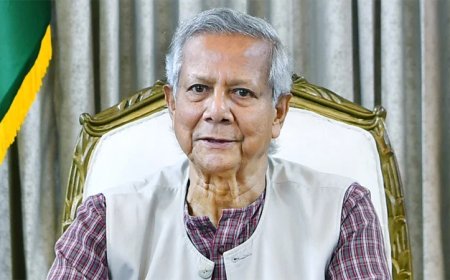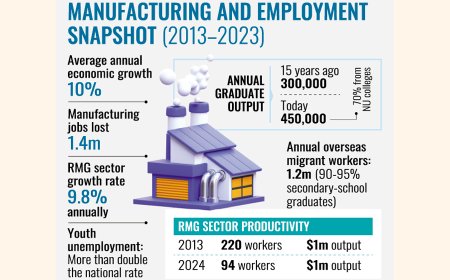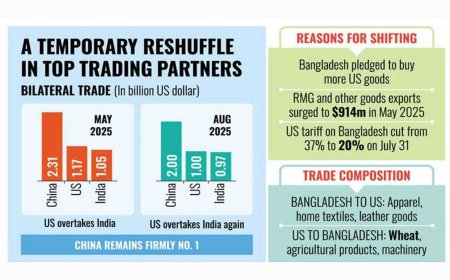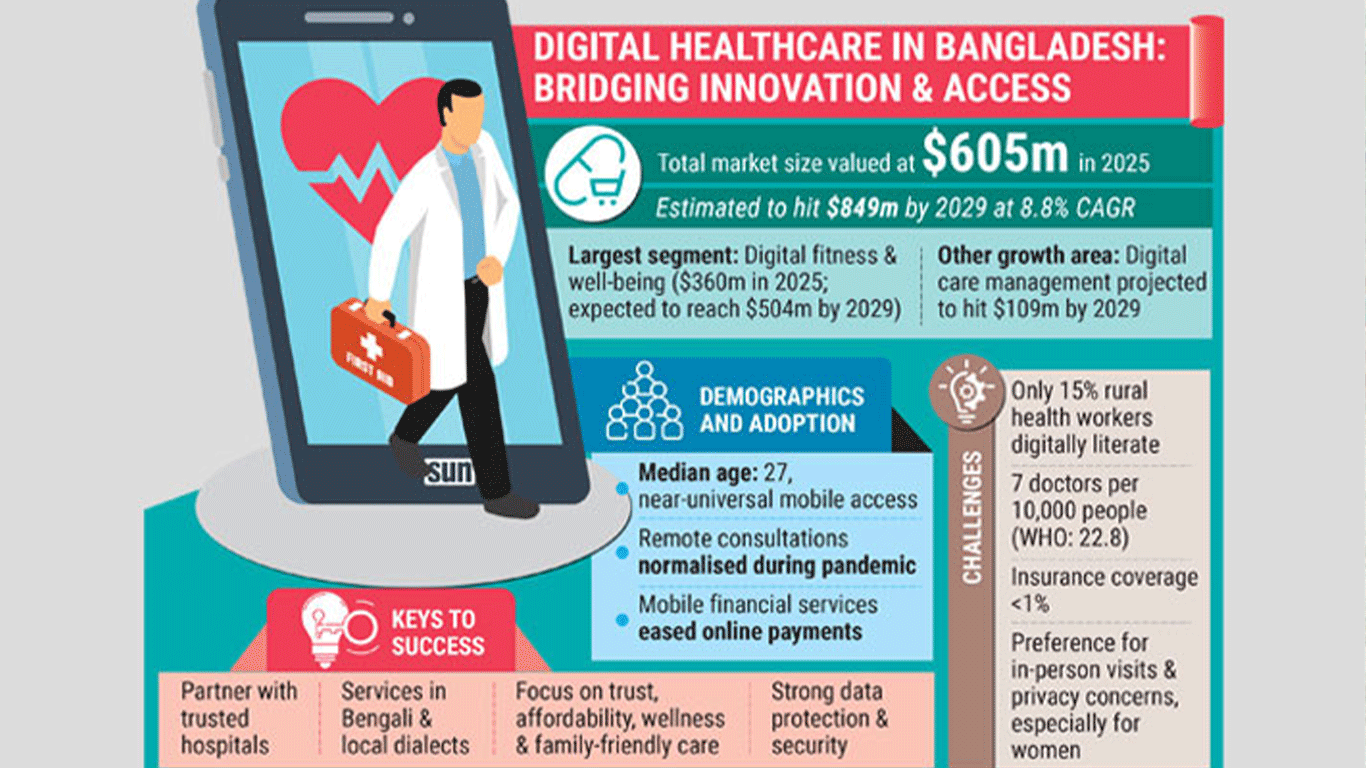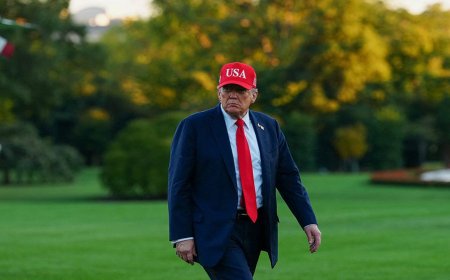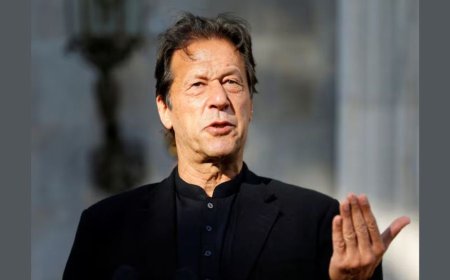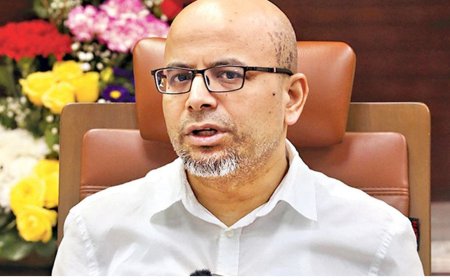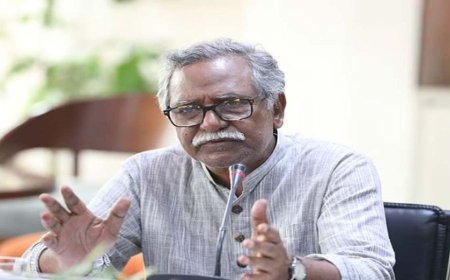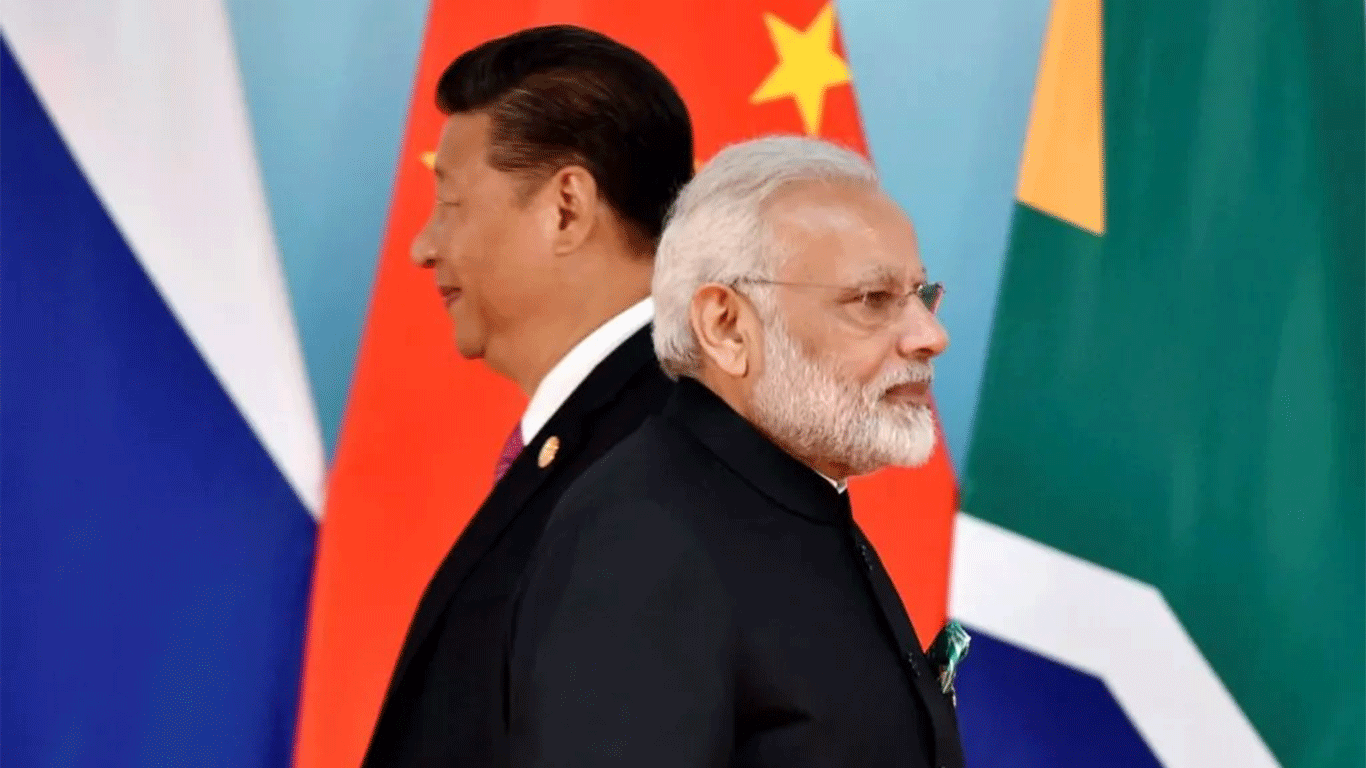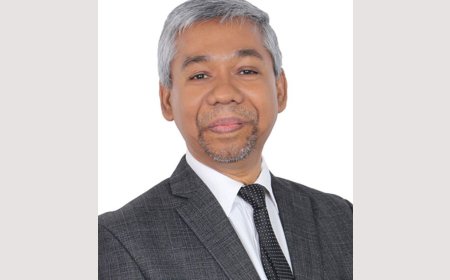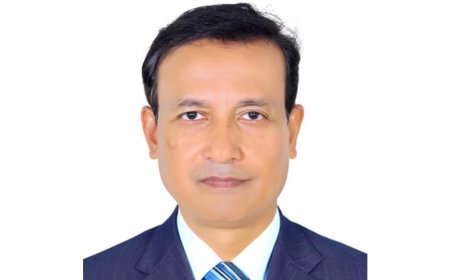The burden of commission-based trade in medicines ultimately falls on patients
According to the WHO, 24 percent of people in Bangladesh face financial catastrophe while trying to cover medical expenses.
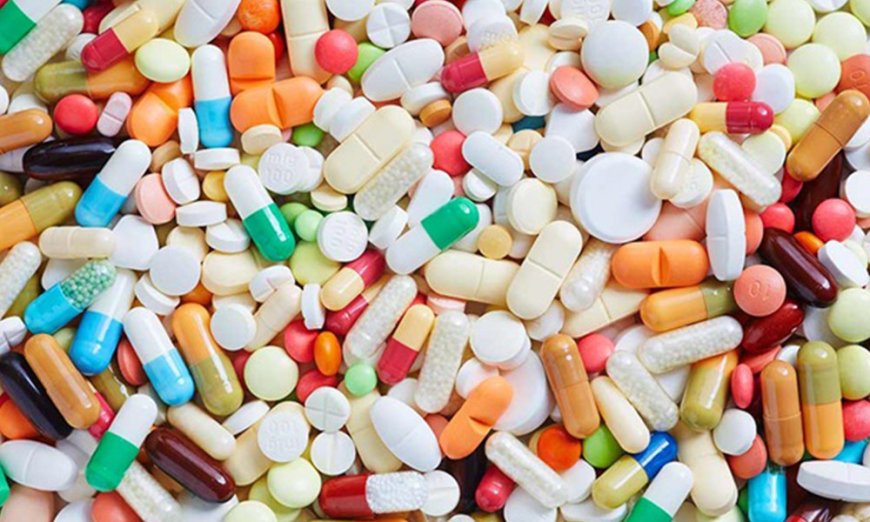
“I want to save my husband, but I don’t have money to buy the medicine!” — these desperate words came from Sumi Akter, a housewife from Rajshahi. Her 55-year-old husband, battling cancer, must travel to Dhaka every month for treatment. Between hospital bills and medicines, the family spends 50–60 thousand taka each time, pushing them to the brink of financial collapse.
Sumi said, “Once, after hearing the price of medicines in the market, I felt like I had to stop the treatment. But how can I? He is my husband!”
Across the country, hundreds of thousands of families face the same struggle. Patients suffering from complex diseases want treatment in big hospitals in Dhaka, but the high costs of medicine and care often force them to abandon treatment midway—or never begin at all.
At the heart of this crisis lies the commission-based trade in medicine, driven by ties between pharmaceutical company representatives and some doctors. Companies lure physicians with cash benefits, foreign trips, and luxury gifts to push their brands. Behind every doctor, three medical representatives compete to secure prescriptions. This results in unnecessary medicines being added to prescriptions, piling further costs on patients.
Professor Dr. Sayedur Rahman, Special Assistant to the Chief Adviser (Ministry of Health and Family Welfare), noted that companies spend hundreds of crores of taka every year on promotions alone. “We’ve seen audit reports where some companies spend more than 100 crore taka on promotion—including MR salaries. At one seminar in a five-star hotel, more than one crore taka was spent. Gala nights can cost three crores. Dozens of people are sent abroad on tours at once. Who pays for this? Patients do,” he said.
Industry insiders stress that strict measures are needed to rein in medicine prices and stop unethical commission trade if healthcare is to be made affordable. While Bangladesh’s pharmaceutical industry has grown to near self-sufficiency—exporting to over 150 countries—experts warn this achievement means little if ordinary people cannot afford life-saving drugs.
Health trapped in a sick culture
The latest WHO global report reveals that 24% of Bangladeshis face financial catastrophe while trying to pay for treatment. Every year, 6.2 million people are pushed below the poverty line due to medical costs, while 16% of households go without treatment entirely.
According to the Ministry of Health’s “Bangladesh National Health Accounts,” in 2020, 69% of all health spending came directly from people’s pockets—amounting to 54,000 crore taka. Of this, 65% went solely to buying medicines—around 36,000 crore taka.
MRs chasing doctors
An undeclared commission system dominates prescriptions nationwide. In hospitals and clinics, medical representatives (MRs) constantly approach doctors with samples, gifts, or offers of foreign tours. Companies set aggressive sales targets for MRs, who then push doctors to prescribe extra or brand-specific medicines.
A Dhaka-based physician (requesting anonymity) admitted, “We try to prescribe in the patient’s best interest, but company influence cannot be denied. This isn’t only a doctor’s problem—it’s about price control, transparency, and patient awareness.”
High margins and inflated costs
Medicine prices rise further through the supply chain—manufacturer, distributor, wholesaler, retailer—where profit margins range from 25–40%. Add to this the lavish marketing costs aimed at doctors, and the patient ultimately foots the bill.
A BAPI leader said rising dollar rates, raw material (API) costs, and higher energy expenses are squeezing production. But consumer rights groups reject these excuses. CAB Vice President SM Nazer Hossain argued that current marketing practices—promotions, gifts, commissions—directly harm patients, forcing them to buy even substandard drugs.
Pharmacy owners also acknowledge high markups. “We sell medicines at prices more than 25% above the producer’s rate. Rent, salaries, electricity, and tax all come from this margin. In the end, patients pay the price,” said one Dhaka-based pharmacy owner.
The way forward
Experts insist on urgent reforms:
-
Doctors must be required to prescribe medicines by generic names, not brands.
-
A transparent pricing formula should disclose costs at every stage—raw materials, production, distribution, marketing.
-
Prices of all medicines should be published in an open online portal.
Exit of multinationals
In the past two decades, several multinational firms—including Pfizer, Fisons, Squibb, GlaxoSmithKline, Sanofi, and Novartis—have exited Bangladesh, citing unethical commission trade and an uncompetitive market. Today, only Sun Pharma Bangladesh (an Indian subsidiary) operates a local plant.
Pressure to raise prices
Former DG of DGDA Dr. Mostafizur Rahman acknowledged growing pressure to increase medicine prices. “Doctors must play their part by cutting down on perks from companies. If firms reduce aggressive marketing, prices will come down,” he said.
But in reality, many doctors continue to receive “honorariums,” cars, or even apartments from pharmaceutical companies, particularly for lifelong medicines like those for heart disease.
Professor A. B. M. Faruq of Dhaka University’s Faculty of Pharmacy warned: “This is a modern form of bribery. It inflates medicine prices and, worse, allows less effective or harmful drugs into the market. Patients may suffer permanent organ damage—or even death. The 1982 Drug Policy banned unethical marketing, but enforcement has failed. The practice has become so deep-rooted and widespread that controlling it is extremely difficult.”
What's Your Reaction?









